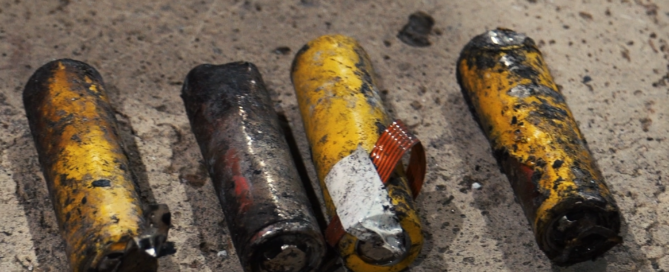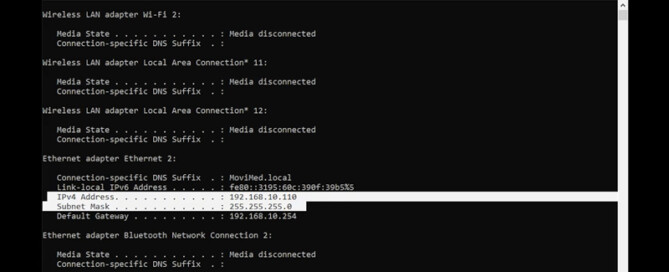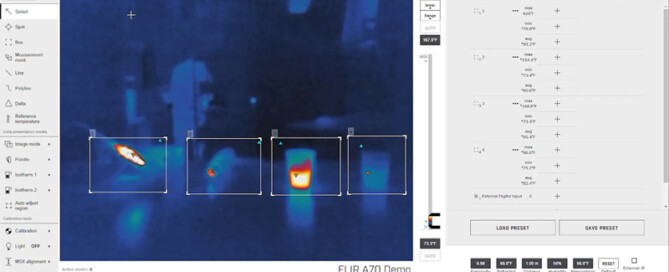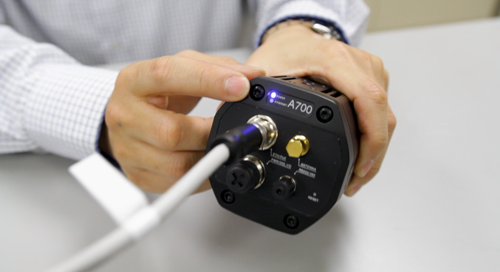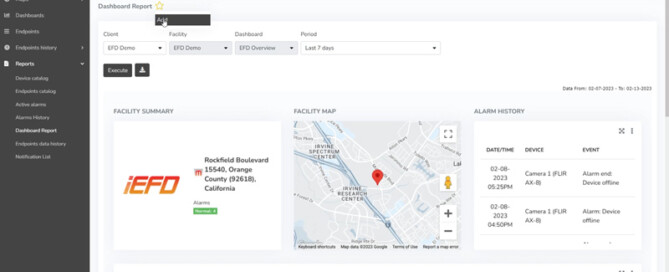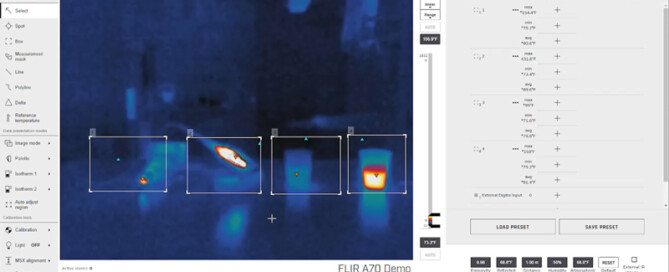Detecting Heat Early to Prevent Industrial Laundry Fires
Problem Trapped Heat and Laundry Residue Raise Fire Risks At an industrial laundry facility, linens containing oils, fats, or other reactive contaminants often generated excess heat during washing and drying. When damp or soiled laundry was left stacked together, trapped heat occasionally led to spontaneous combustion. Lint buildup and high dryer temperatures created even [...]



